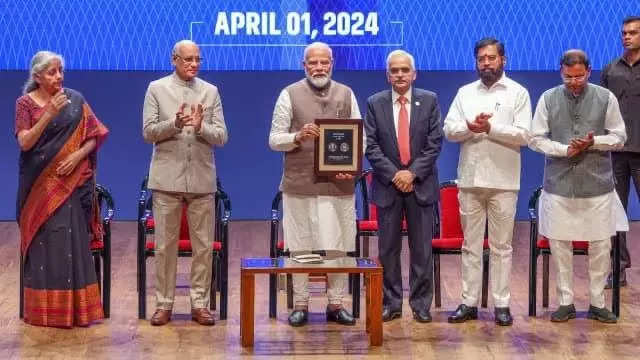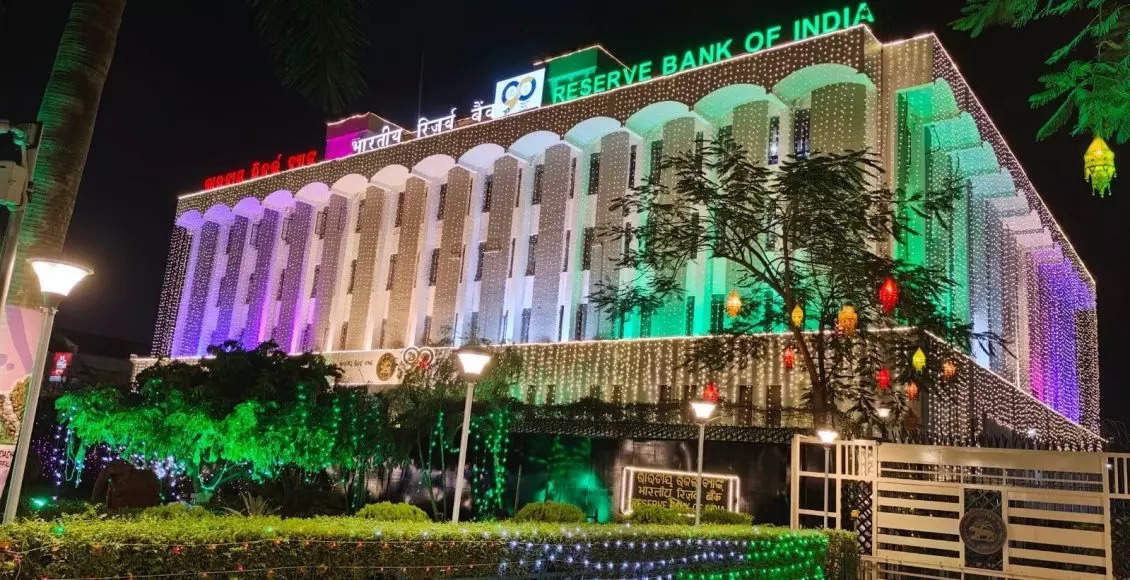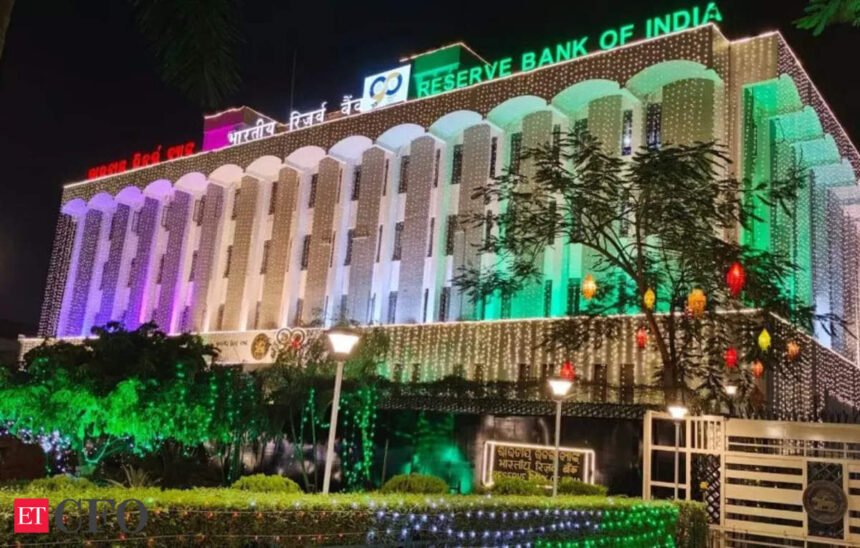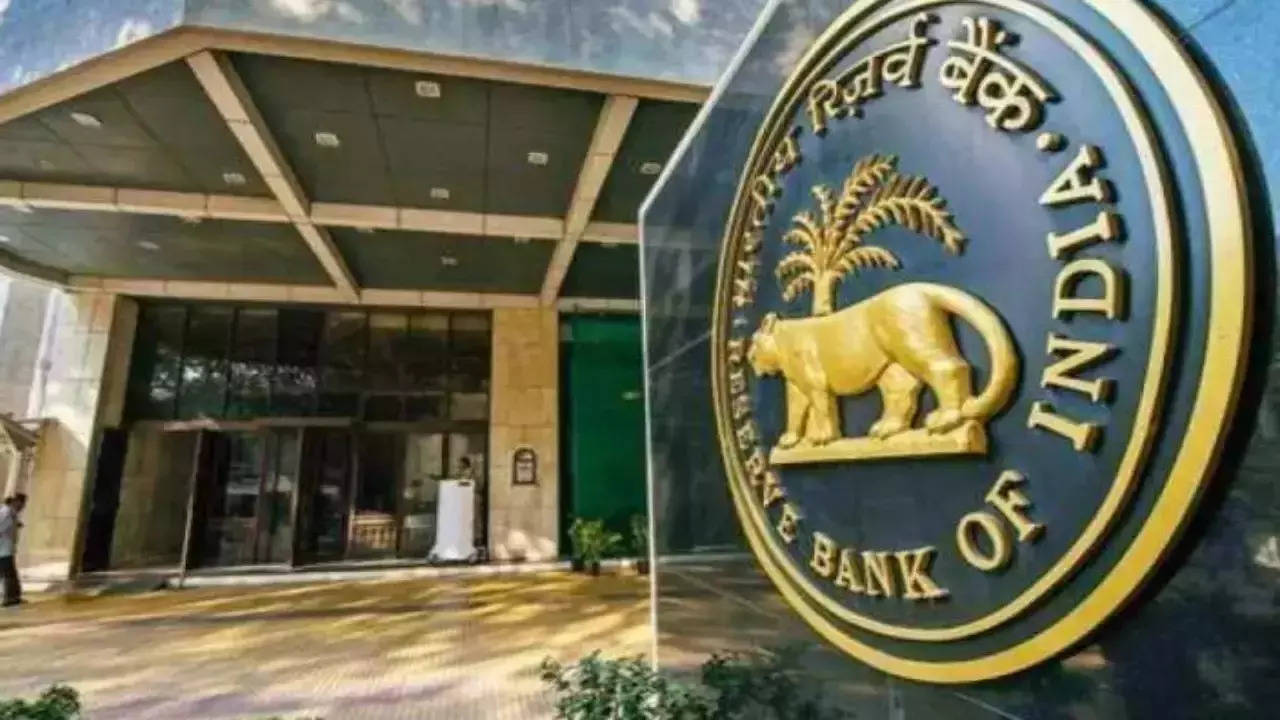[ad_1]
In a conversation, I once asked an RBI officer, “Have you seen a currency printing press? Have you seen the stacks of currency notes?” He replied, “Yes, the smell is intolerable. I started sneezing.” We just laughed. It’s quite notable that the money smells really bad.
I am writing about the RBI in my note today because the institution at Mint Street in Mumbai has completed 90 years this week. The building was well decorated and the special event was graced by the Prime Minister, Finance Minister, Governor, Chief Minister and Deputy CM of Maharashtra along with the RBI management. The central bank also launched a coin of Rs 90 on the occasion.

For the common people, the RBI is an institution which prints money but those who know it well understand that there is a lot more that the central bank does. The RBI also knows how much onion farmers are producing in India and how the Rabi and Kharif sowing are going to be this season. From cereals to eggs to tomatoes to potatoes, the central bank follows everything and measures its impact on the flow of money.
RBI operations
From the economic reforms of 1991 to the financial crisis of 2008 to the pandemic of 2020, the central bank has stood up and helped the Indian economy navigate the transformation and crises safely and assuredly. The 25 governors (including the current one) have been the driving force behind it.
The institution does many things from managing inflation and forex reserves to fostering the growth of the economy, setting policy rates, etc. Over the years the institution has expanded. More than 13,000 people are working in its 30 departments. It also has five subsidiaries.
RBI work culture
Being a regulator responsible for developing, monitoring and empowering the financial institutions, the RBI’s task is humongous. The people who work at RBI feel empowered because of the strength of the organisation. In fact, I have learnt that the RBI offers better perks to their employees than many private organisations, such as officer quarters, and holiday homes for family vacations. Despite being a regulator, employees are generally not stressed and leaves are not rejected. In fact, they are compensated. The pay packages are also dynamic and more importantly, the perks are the best which includes foreign LTCs.
The attitude of a person changes if you work in RBI, an ex-employee told me, because your vision is expanded. It’s beyond the branch mindset. They carry a broader perspective.
What I like the most is the RBI’s support to their employees for higher education and sports activities. There are a number of athletes among the RBI employees who have even won medals. There are cricket matches that the RBI employees hold regularly. Apart from this, the central bank offers greater perks for higher education. There are many who have completed their foreign degrees, PHDs, etc. I understand that the perks are revised every two years.

RBI being a regulator
I often think, how the RBI management, officers would be thinking about the companies and regulated entities. Because they have to be bold, think ahead and monitor the REs rigorously. If something goes wrong, they will have to broaden their shoulders. They chased Subrata Roy, former Chairperson of Sahara India, and made him stop deposit schemes. They made Rana Kapoor, founder and former MD & CEO of Yes Bank step down and later rescued the bank, handled the crisis at PMC Bank, refuted extensions to chiefs of private banks, and cracked down on Paytm Bank. I am sure it wouldn’t have been easy for them to handle the institution and crisis at the same time.
Over the years, the RBI has also evolved and has many subsidiaries which look after different sectors. Such as the payment resolution is being facilitated by the National Payment Corporation of India and the innovation responsibility is given to RBI Innovation Hub. It has also announced the setting up of Digital India Trust Agency, another subsidiary to look at digital loan apps.
RBI and the future of central banks
The world after the pandemic is not the same. Global economists have coined the term polycrisis for it, which means that unprecedented events will keep on happening. And the central banks all over the world will have a tough time managing inflation, growth and overall flow of money in the economy. Geopolitical tensions, specifically the war in Ukraine and fighting in Gaza, have repercussions on the world economy. The Indian rupee is volatile and the bridge between trade supply is growing. Maintaining stability while focusing on growth is going to be the biggest challenge for central banks all over the world.
The challenges
The dilemma over growth and inflation has always been a challenge. While the government pitches for growth, the RBI generally gives priority to inflation. Prime Minister Narendra Modi also hinted at growth while addressing the commemorative ceremony of RBI on its 90th year.
During the UPA regime, the then finance minister P Chidambaram had made a statement: “If the government has to walk alone to face the challenge of growth, then we will walk alone,” The then RBI governor Dr D Subbarao in a direct reply to him had said, “The finance minister will one day say, thank God, RBI exists.” Interestingly, once he had also said that the RBI Governor spends time and effort on more weighty concerns such as the menu of the staff cafeteria.
While this time the RBI has put a sharp focus on growth and managing geopolitical tensions, its impact on the economy is also going to be a major challenge for the central bank going ahead. The US has already seen the fall of two banks and every regulator in the world is strengthening itself to avoid such mishaps.
I also have slightly different areas in mind that I strongly want RBI to focus on before it completes a century.
The RBI is very conscious of customer protection, but I think there are many issues related to customer service. The grievance mechanism needs to be robust. Banks take 1-2 months to revert and investigate cyber-related cases. The number of cyber related incidents is really high and banks often make customers bear the cost.
Digital facility is supremely convenient but it has opened a can of worms when it comes to cybercrimes. The RBI should have a dedicated department to handle cyber or fraud related cases.
The wind of financial inclusion is blowing at full speed, but what about financial awareness? I appreciate the campaigns that the RBI is running but a lot needs to be done. Henceforth, the challenge will not be financial inclusion but financial awareness.
In India, currently, banks’ margins are shrinking and competition is growing. Banks are focusing on cross-selling, which is to some extent leading to mis-selling. Because of heavy targets to bank branches, pitches for mutual funds, credit cards and insurance have also increased. It’s time the RBI should look at such issues, which are absolutely about customer service while it has its sharp focus on customer protection.
As the country is growing and the government has laid a vision of Viksit Barat by 2047, foreign investors are also flocking to India. The RBI needs to broaden its shoulders more than ever.
Well, today the RBI will unveil monetary policy and soon we will come to know which route the central bank is taking, growth or inflation.
As usual, I am also adding here the top five in-depth articles/copies that we published this week. Trust, you will find them meaningful.
1. SBI General Insurance CFO Attra prioritizes profitable growth through innovation expansion and tech integration
2. GST collection surges to Rs 20.14 lakh crore in FY24, marking an 11.7% increase
3. India’s services sector peaks at 13-year high in March driven by strong demand
4.India Inc upgrades may trump downgrades in FY25 too: Ind-Ra
5. Windfall gain: Infosys reports I-T refunds of Rs 6,329 crore, faces tax demand
Happy Reading
Amol Dethe
Editor
ETCFO
[ad_2]
Source link












